While windows allow sunlight and fresh air into your home or office, they’re notoriously bad sound barriers. If you find that outdoor noise, such as traffic, barking dogs, and kids playing, are a major distraction, it might be time to consider soundproofing your windows.
Let's take a look at how to prevent unwanted noise from pouring into your home through your windows.
The goal of soundproofing a window is simple: to prevent exterior noise from entering your space. However, in order to successfully achieve that goal, it’s important to know the type of noise you’re dealing with.
There are two different types of noise, and each one requires different soundproofing techniques:
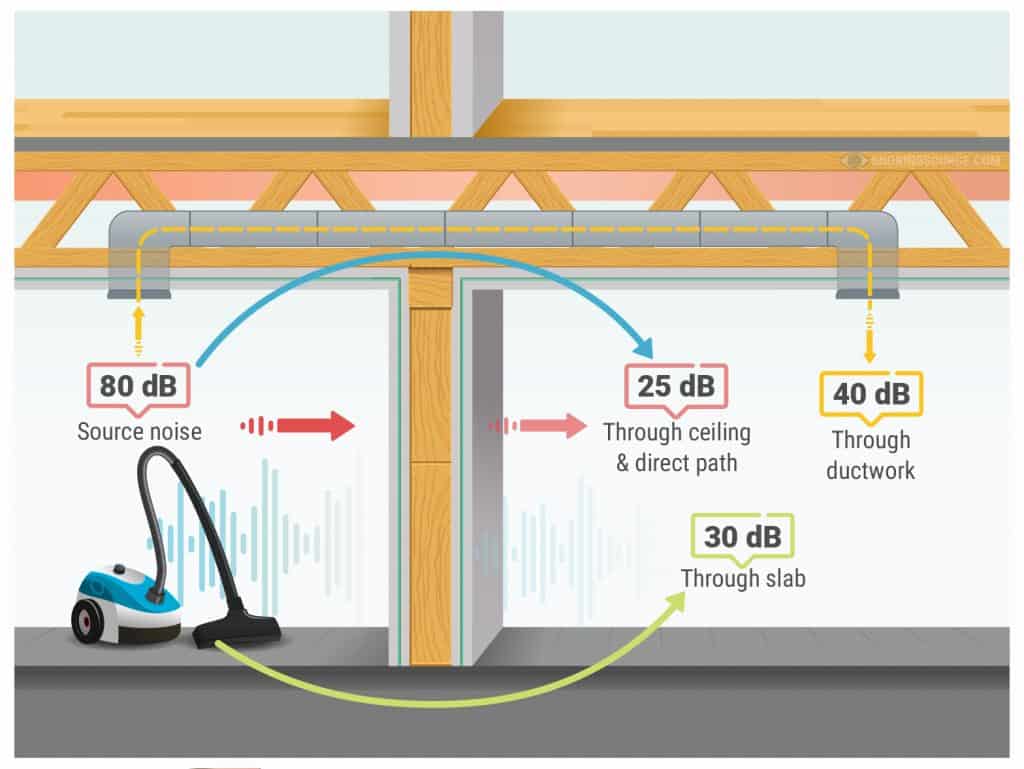
The most common type of noise is airborne noise; examples include talking, sounds from televisions and radios, traffic, sounds from lawn and garden equipment, and barking dogs.
These noises occur when an object creates a noise and the soundwaves from that noise travel through the air until they hit a solid structure. After the collision, the soundwaves travel through the structure and radiate out through the other side; hence why you can hear airborne noise traveling through your windows.
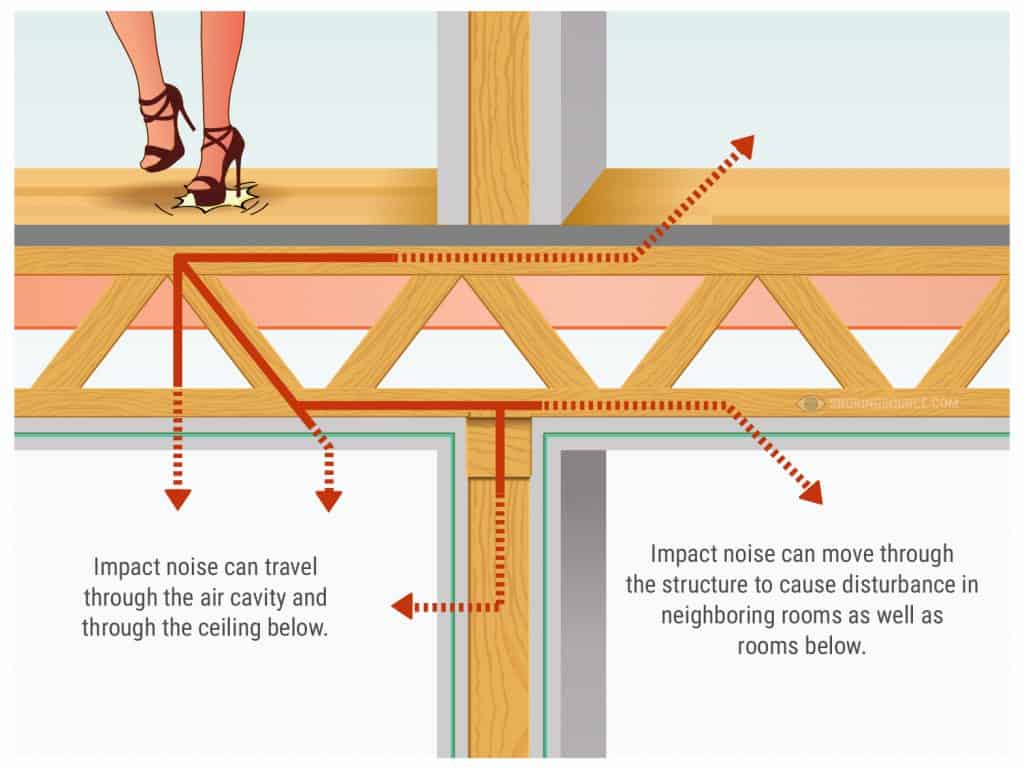
The second type of noise is structural noise. It occurs when an object crashes into a structure – a floor, a wall, a window, etc. – and the soundwaves from the collision travel through the structure itself.
Structural noise is also known as impact noise. Examples of impact noise on your windows include rain, hail, tree branches, and the like.
If you can feel vibrations coming through the window, then you’re dealing with structure-borne noise. If you can’t detect a vibration but you can still hear the sound traveling through the window, it's airborne noise.
It’s often said that windows are the eyes of the building, but they’re also the ears. They’re the weakest part of a wall, as they’re a lot thinner than other elements that are used to construct a wall; hence why they’re usually poor sound barriers.
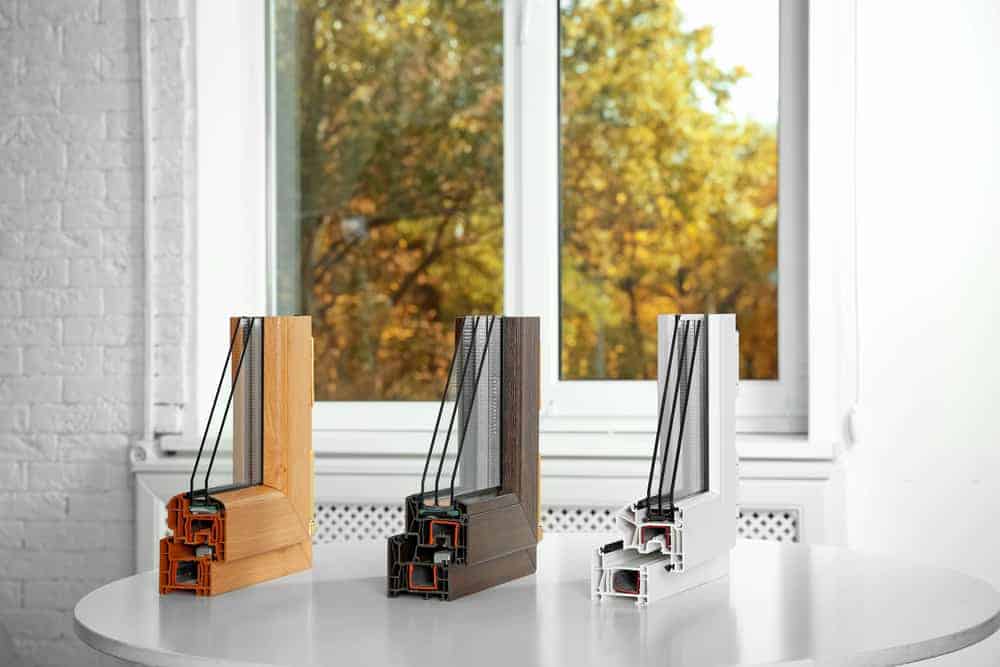
If you own an older home or your windows are made from lower quality materials you might consider replacing your windows. Soundproof windows can help to block up to 95% of unwanted noise, however it comes at a sizable investment.
Soundproof windows are rated based on sound transmission class (STC) rating. The higher the STC rating, the better the windows are at soundproofing.
In order to increase the STC value, manufactures do the following:
If you're thinking about replacing your windows, there are three main options: Double pane, triple pane, and laminated windows.
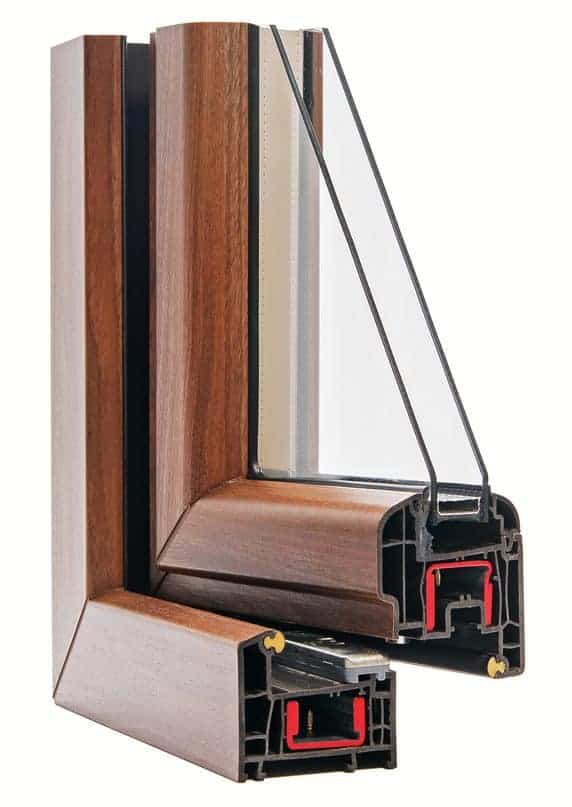
Double pane windows work to create dead space between the glass panes. This dead space reduces resonance frequency which reduces the vibrations that sound creates. As a result of the dead space, sound is dampened heavily.
On average, you can expect to pay $618 for double pane windows. Several factors affect the price including the material you use as well as the labor to install them.
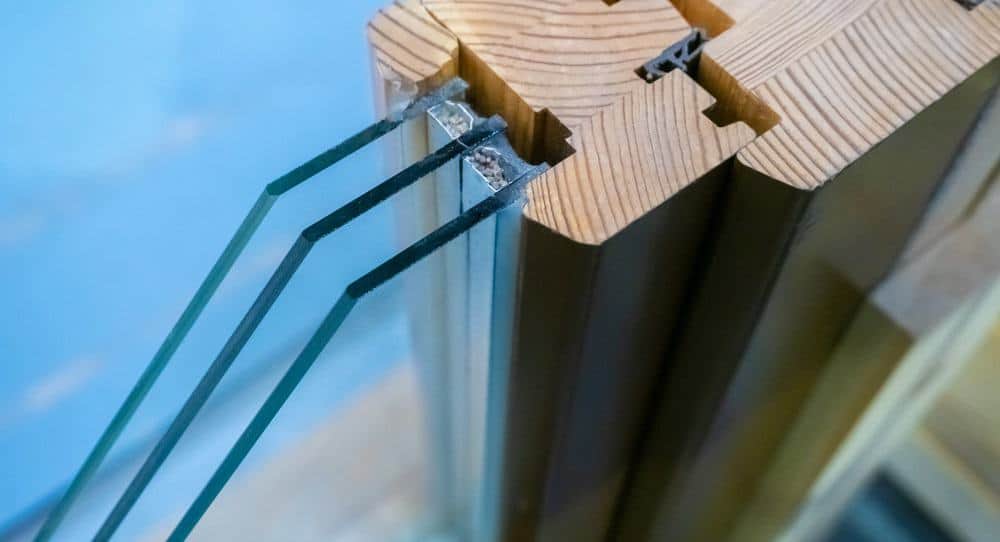
Triple pane glass is similar in function to double pane glass. It effectively dampens sound by creating dead space between the panes. However, as the name suggests there are three panes of glass.
On average you can expect to pay $818 or more for triple pane glass. The same factors above will affect the overall price: material used and labor costs.
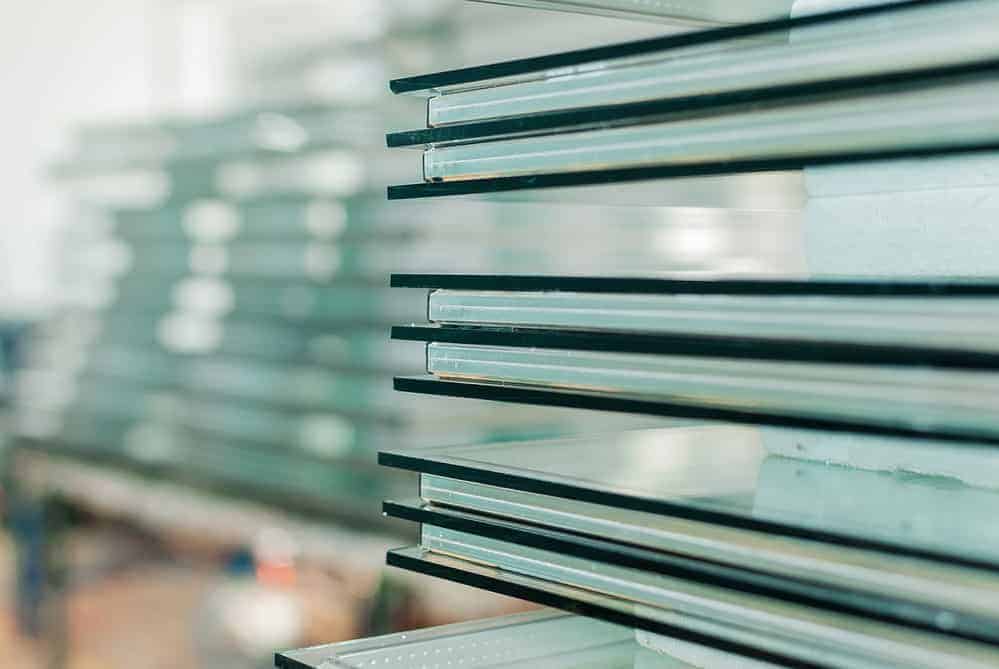
In terms of soundproofing for windows, laminated glass is is one of the best options.
As mentioned above, it's glass with a layer of material known as polyvinyl butyral (PVB). As a result, this material can eliminate up to 95% of noise. However, due to the complex manufacturing process and the materials used, it's rather expensive.
On average, you can expect to pay $950 for laminated double pane windows.
If you're not looking to replace your windows, there are still cost effective methods you can use to soundproof your windows.
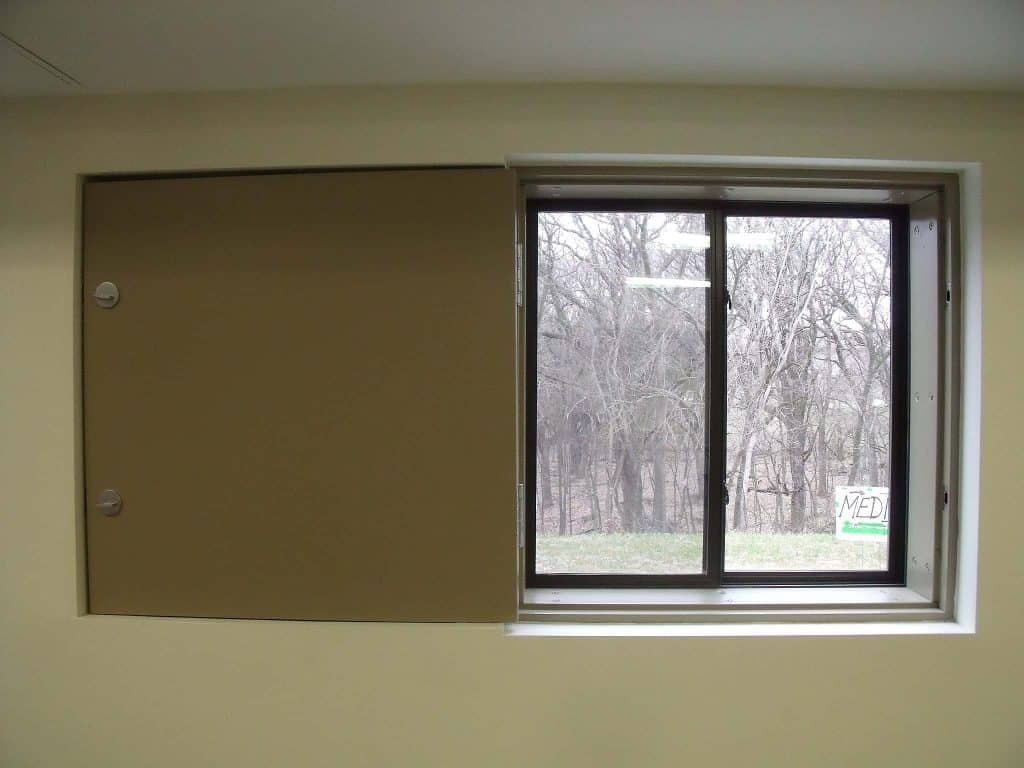
A window plug is a covering that is constructed of soundproofing materials and foam, which are attached to a wooden board. A window plug helps to reflect, and absorb soundwaves.
To create a window plug:
When outdoor noise starts traveling through the window, set the window plug in place. It will absorb, block, and deflect soundwaves, thus creating an effective barrier for your window. When you don’t need the plug, simply use the handles to remove it.
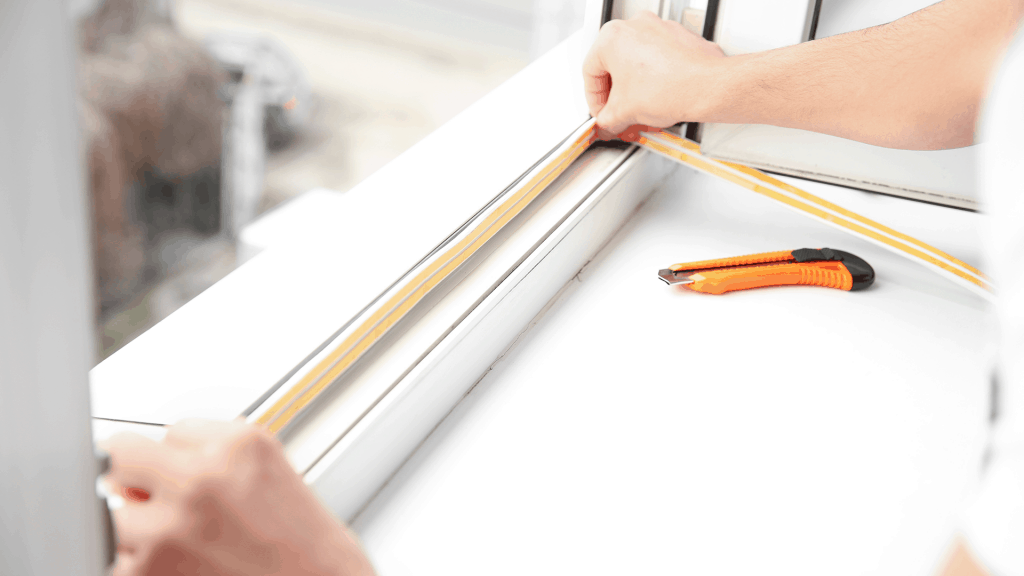
If there are any gaps between the windows and the walls, make sure to seal them. These gaps serve as a pathway for unwanted outdoor noise to travel inside.
Use acoustic caulk to seal up those gaps. Acoustic caulk is like standard caulk, except it’s specially designed to prevent the vibration of soundwaves; therefore, it can help to stop – or at least minimize – outdoor noise from entering your space.
Another way to seal gaps is with weather stripping. This material is available in adhesive strips that can be cut to size and easily applied to any gaps between the windows and the walls; it can also be applied to any gaps along the bottom and top of the windows, as well as in the center where panes meet.
To use weather stripping to soundproof your windows, measure the areas where you intend on installing the material and cut it an inch or two longer. Remove the backing along the adhesive and position the weather stripping in place. Cut off any excess material.
If you’re looking for a cost-free solution, try rearranging your furniture. Situate tall pieces – bookcases, for example – in a way that they create obstacles in the path of sound. This strategy can help to both absorb soundwaves and prevent them from bouncing through the room, thus reducing echoes.
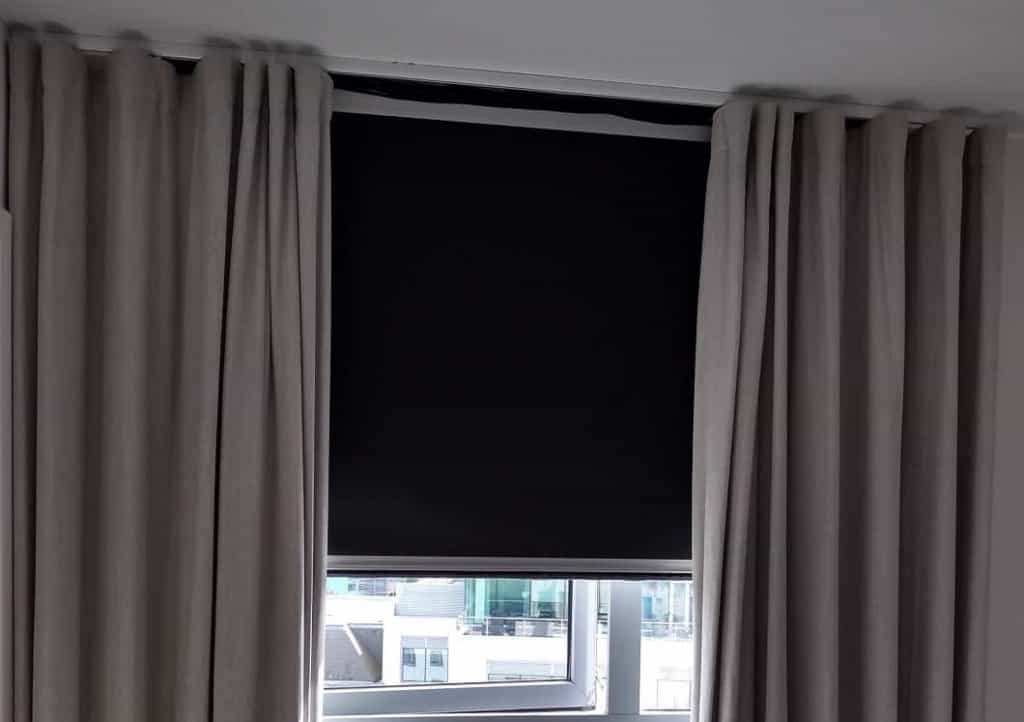
Another simple way to create a noise barrier for your windows is by hanging soundproofing curtains. These curtains are made of dense materials that absorb the vibration of soundwaves, preventing exterior noise from traveling through the windows.
As an added bonus, since they’re thicker than standard curtains, in addition to absorbing sound, they can also provide an extra layer of insulation, preventing the transfer of heat through the windows.
Storm windows are either mounted inside or outside the main window, and they can be made of glass or plastic. The goal of these windows is to provide an extra layer of protection for the window from wind and other forms of inclement weather, such as hail. However, in addition to protecting the window from damage, they can also block out unwanted noise.
Storm windows are thicker than standard windows, and the extra layer helps to prevent soundwaves from traveling through the window. They also offer an additional layer of insulation and can help to stop heated and cooled air from entering and escaping your property, thus improving the comfort of the space and improving energy efficiency, too.
Lastly, to prevent the vibration of soundwaves from transferring into your home or business, you could hang soundproofing window film on your windows.
This film acts similarly to storm windows, as it creates an added layer that acts as a sound buffer. It also adds an insulating effect to the window.
Window film is affordable and easy to install; however, do note that it doesn’t do much from an aesthetic standpoint, and in fact, it may even detract from the view, so it might be best to use it on windows that aren’t easily visible, such as in the back of your home or office.
While having access to bright sunlight, fresh air, and outdoor views are no doubt beneficial, windows are infamous for one particular drawback: sound penetration.
Both airborne and structure-borne noise can easily travel through a window, causing a distracting ruckus inside your home.
By using one or more of the above-mentioned strategies, you can effectively eliminate the unwanted sound that travels through your windows.

Snoringsource.com is a participant in the Amazon Services LLC Associates Program, an affiliate advertising program designed to provide a means for website owners to earn advertising fees by advertising and linking to amazon(.com, .co.uk, .ca etc) and any other website that may be affiliated with Amazon Service LLC Associates Program.